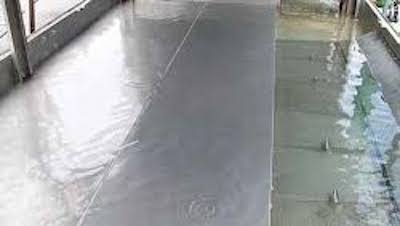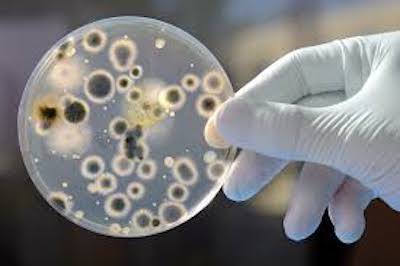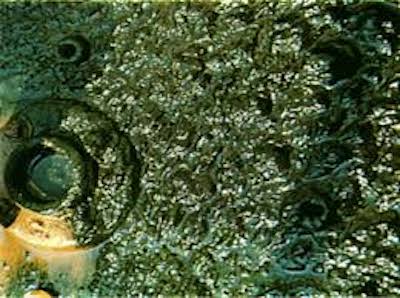
Best Biocides For Use In Cooling Towers
Routine biocide application is a standard treatment of cooling tower water, to ensure that bacteria are under control and the potential for Legionella is minimized.
There are many biocides available, and they can be divided into two categories: oxidizing and non-oxidizing.
Oxidizing biocides kill microorganisms by destroying their cell walls. Examples include chlorine, bromine, chlorine dioxide, and peracetic acid.
Non-oxidizing biocides kill microorganisms in a variety of different ways. Examples of Non-oxidizing biocides include glutaraldehyde, isothiazolone, DBNPA, polyquat compounds, carbamates, THPS, and others.
Which Biocide: Oxidizing or Non-Oxidizing?
ASHRAE 188, CTI and AWT all recommend adding both an oxidizing and a non-oxidizing biocide in combination, for the best water treatment program to minimize risk of Legionella in a cooling tower.
How do you choose which chemical will serve you best?
- In the case of oxidizing biocides, here are some factors to consider as you evaluate your options.
- Are there limitations for selecting chlorine or bromine? Stabilized liquid bromine is tough to track using ORP. Also, under high pH conditions, bromine is much more effective than chlorine, but the unit cost is higher.
- Are you planning to track oxidizing biocide by measuring ORP (Oxidation Reduction Potential, a measurement that tells you how well a substance will oxidize or reduce another substance, as measured in millivolts.)
- Are there corrosion issues? Chlorine has a low unit cost, but it is more corrosive than bromine.
- Is there a huge organic demand? perhaps it is more economical to generate bromine on site rather than purchasing it as an easily handled liquid.


For non-oxidizing biocides, there are many factors to consider:
- Biocide application rates and frequency
- Retention time and water velocity through the system
Cooling system pH - Process contaminant load or cooling system nutrients
SRB (sulfate reducing bacteria) - Incompatibility with other chemicals added
- Cost and is the biocide registered in your state? States require each biocide to be registered is their state.

Is Your Non-Oxidizing Biocide Effective?
Is there a big green algae mat on the distribution deck? Is the water teeming with other bacteria? Are dipslides and ATP test results showing high levels of planktonic bacterial growth? If “yes,” is the answer to these questions , then your biocide is not doing its job. Is the basin of the tower basin slippery? If so, revise your program, you’ve got organic growth. If so, please re-evaluate your biocide and/or dosage.
Are ATP and dipslides showing reasonable numbers? If they are, you’re on the right track in terms of your biocide choice and dosage.
Your Chemtex reps are happy to talk you through all these issues. They can help you determine your best options for proper biocide selection, so give us a call any time.


/NQA-ISO-9001-Logo-ANAB.jpg)